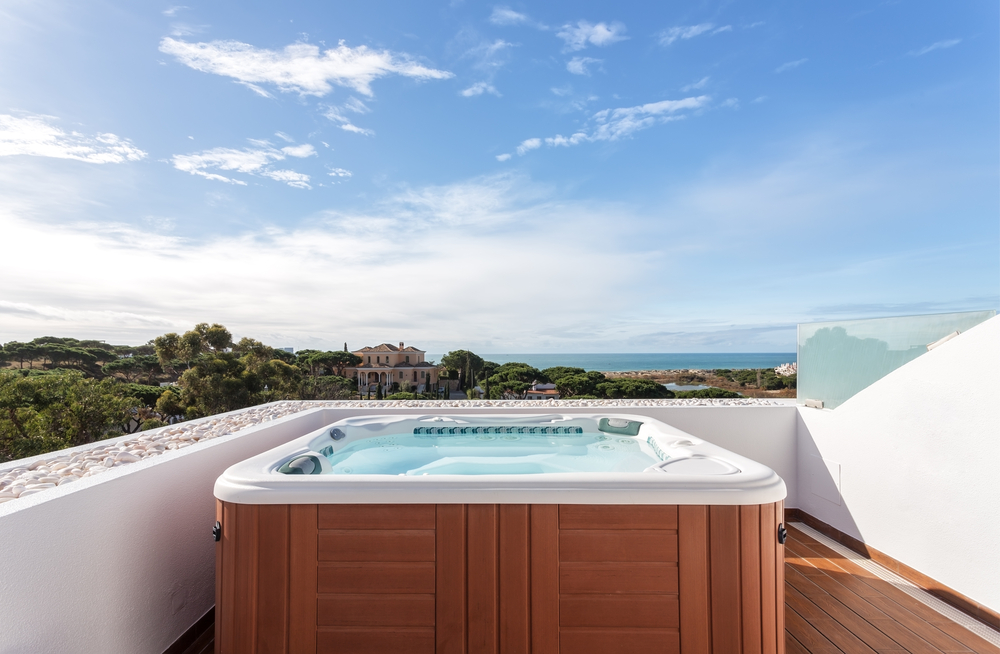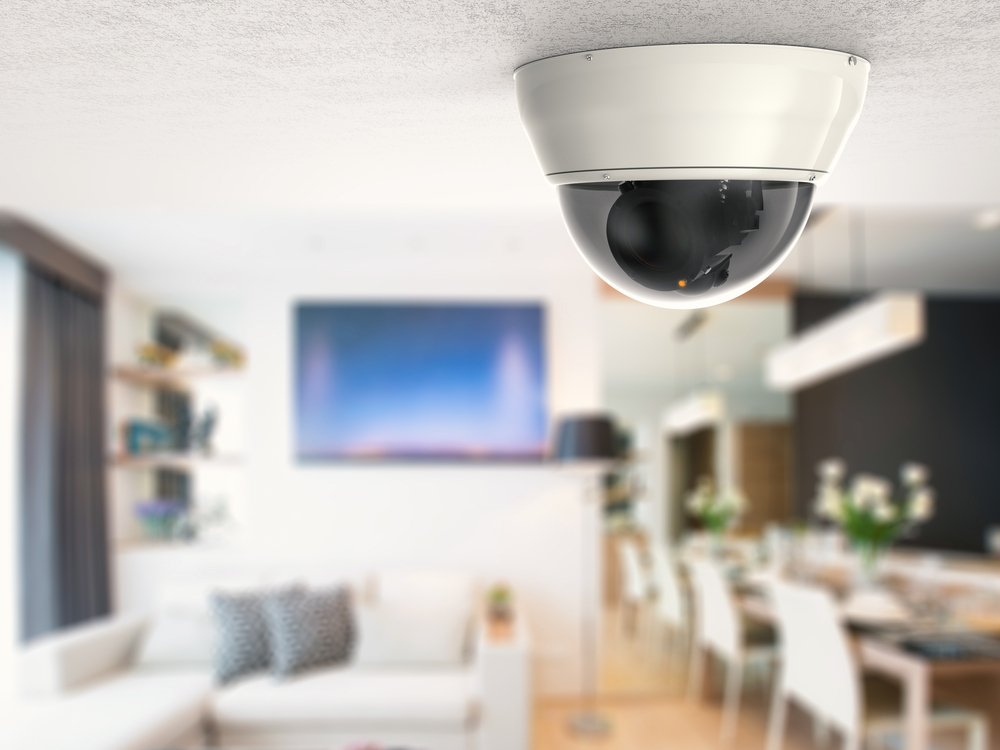We all have financial blind spots—those shiny purchases that promise to elevate our lifestyle, status, or sense of security. But some expensive buys are less about value and more about ego, boredom, or panic. Whether it’s a prestige splurge or a “smart investment” that turns out to be anything but, these big-ticket items look good on paper—but usually leave you with regret (and a lighter bank account). Before you swipe your card, take a deep breath. Here are 13 expensive things you should absolutely walk away from—no matter how good the pitch sounds.
1. Giant Sofas That Don’t Fit Your Space

They look amazing in showrooms—sprawling, luxurious, made for movie nights and magazine spreads. But in real life? These oversized couches swallow up rooms, dominate the layout, and make it impossible to rearrange anything. You’ll spend thousands on something that traps you into one design setup—and doesn’t even fit through most doorways. Comfort isn’t worth it if it kills your space.
Once you realize you can’t reposition it, move it easily, or sell it without renting a truck, the regret kicks in fast. Many people end up trying to sell theirs on Facebook Marketplace for a fraction of the price. They’re hard to clean, hard to move, and make small rooms feel like storage units. Measure twice, buy once—or better yet, buy smaller. Your future self (and your knees) will thank you.
2. Fancy Hot Tubs That No One Ends Up Using

You imagine late-night soaks, starlit dates, and melting stress away after long days. But what actually happens? You use it three times, realize it’s a pain to clean, and slowly watch it become an overpriced mosquito habitat. Between the water maintenance, monthly costs, and heating bills, most hot tubs aren’t worth the splash. It’s a lifestyle fantasy with a $5,000 reality check.
Most people don’t factor in the chemicals, time, or inevitable repair costs. Once the novelty wears off, it just becomes a maintenance chore no one wants to deal with. A hot tub is romantic in theory, impractical in execution—especially if you live somewhere with seasons. Want to relax? Take a bath, save the money. You don’t need 400 gallons of regret bubbling on your patio.
3. Wedding Dresses That Cost More Than Your Rent

The dress is gorgeous. Emotional. Magical. And worn once—for a few hours. Spending thousands on a gown that ends up boxed, yellowed, or buried in a closet is a romantic mistake far too many people make.
The wedding industry thrives on the “once-in-a-lifetime” pressure. But photos don’t care if it was $700 or $7,000—they care about how you felt in it. If it breaks your budget or delays your honeymoon, it’s not worth it. Sentiment is priceless. Your dress doesn’t have to be.
4. High-End Exercise Equipment You Swear You’ll Use

You promise yourself this is the one. The machine that finally gets you into the shape of your life. But after a few enthusiastic weeks, it becomes a very expensive laundry rack. Treadmills, rowing machines, and smart bikes are notorious for collecting dust. And that monthly subscription? Also, collecting money while you lose motivation.
Unless you’ve already built a regular workout habit, don’t trick yourself into thinking a $2,000 machine will magically create discipline. Fitness doesn’t have to be expensive or tech-driven to be effective. Walks, bodyweight workouts, or classes offer more variety and way less guilt. Invest in your health—just not with bulky, overpriced regret that takes up your guest room.
5. Trendy Kitchen Gadgets You’ll Use Once

Air fryers. Pasta makers. Sparkling water machines. That 12-in-1 pressure cooker everyone swears changed their life. Most of these gadgets get used for a week, then shoved into cabinets for the next decade.
The promise is convenience. The reality is clutter. If it takes up half your counter and only does one thing, it’s probably not worth the counter space—or the $300 price tag. Ask yourself: Would you actually use this every week? If not, walk away (or borrow a friend’s and see how long the love lasts).
6. Top-of-the-Line Outdoor Grills That Gather Rust

Everyone has the fantasy: summer barbecues, neighborhood cookouts, grilling with a beer in hand. But most high-end grills get used three times a year and cost as much as a used car. They require maintenance, cover storage, and cleaning most people don’t factor in. Without frequent use, you’re just watching your money rust in the backyard.
Unless you’re feeding 20 people every weekend, a mid-range model will more than do the job. Want to grill once in a while? A $120 charcoal setup works just fine. Save the “deluxe outdoor kitchen” dream for someone who actually grills like it’s a second career.
7. Extended Warranties On Products That Never Break

Salespeople love pitching them—and fear sells. But most extended warranties don’t get used, don’t cover what you think, or cost more than the product’s worth in the long run. Consumer Reports has found over and over that extended warranties rarely pay off. Most electronics either break early or last well beyond the warranty period.
It feels like peace of mind. But it’s really just a delay in acceptance that some things eventually fail. If a product doesn’t come with a solid built-in warranty, that might be a red flag. Put the extra money into savings instead—it’ll go further than an optional protection plan that probably excludes water damage anyway.
8. Smart Home Tech That Adds Stress Instead Of Ease

You dream of a fully connected home—lights that dim with your voice, blinds that rise with the sun, a thermostat that “learns” your habits. But what you get is apps that crash, updates that break the system, and tech that needs you more than you need it. Fancy smart homes often add complexity, not convenience. And every new feature is another subscription, firmware update, or reset button waiting to happen.
If you’re tech-savvy and love tinkering, great. But if you just want your lights to turn on and your heat to work, simpler is better. Most people buy into the hype, then slowly unplug everything one by one. A smart home can make you feel dumb fast. Stick with what works—and doesn’t send you back to Google every week.
9. Designer Handbags That Lose Value Overnight

You tell yourself it’s an investment—but unless it’s Chanel or Hermès, it’s not. Most designer bags depreciate the second you swipe your card. Yes, they’re beautiful. But so is financial peace. And you don’t need a $2,000 tote to carry your keys.
If it’s purely for joy, great—but don’t buy it expecting to recoup. Resale markets are flooded, tastes change, and wear-and-tear kills resale value fast. Love fashion? Buy vintage. Carry confidence, not just a logo.
10. Boats That End Up In The Garage

You’ve heard the joke: the two happiest days of a boat owner’s life are the day they buy it—and the day they sell it. Boats are money pits on water. Insurance, slip fees, winterization, fuel, and surprise repairs all add up faster than you can say “weekend cruiser.” Unless you live on the coast and use it weekly, it’s a luxury with a heavy price tag.
Rent when you want to float. Charter when you want to indulge. And remember—just because you can afford the boat doesn’t mean you can afford to own one. Let someone else pay to fix the bilge pump.
11. New Tech The Minute It Launches

We get it—you want the new thing first. But early adopters often pay the most and get the most bugs. Whether it’s a new phone, laptop, or gadget, first-gen tech is rarely the best version. Give it a few months. Let the price drop, the bugs get patched, and the reviews roll in.
FOMO is expensive. And planned obsolescence is real. Waiting isn’t just smart—it’s financially savvy. Skip the launch hype and buy when the dust settles. Your wallet (and your nerves) will thank you.
12. Luxury Watches You Don’t Actually Wear

Yes, they’re beautiful. Yes, they’re heirloom-worthy. But if it spends 364 days a year in a drawer or a safe, is it really worth five figures? Watches are meant to be worn. And if you’re too afraid of damaging it, what did you even buy?
Many people get lured by status, resale potential, or aesthetics. But unless you’re a collector or dealer, it’s a flashy investment with limited use. Fashion is personal—but so is value. And if it’s not part of your daily life, maybe it doesn’t belong in your budget.
13. Giant Refrigerators For A Family You Don’t Have

They’re sleek. Spacious. Full of promise. But if you live alone—or as a couple—you’ll end up with expired sauces, wilted lettuce, and food that migrates to the back and dies there. Overbuying appliances is one of the sneakiest financial leaks.
Big fridges come with big energy bills and often encourage overconsumption. Unless you’re meal-prepping for six or hosting constantly, a standard fridge does just fine. Don’t buy the appliance for the life you think you have—buy for the one you’re actually living. Simpler saves money. Every time.
This article is for informational purposes only and should not be construed as financial advice. Consult a financial professional before making investment or other financial decisions. The author and publisher make no warranties of any kind.








